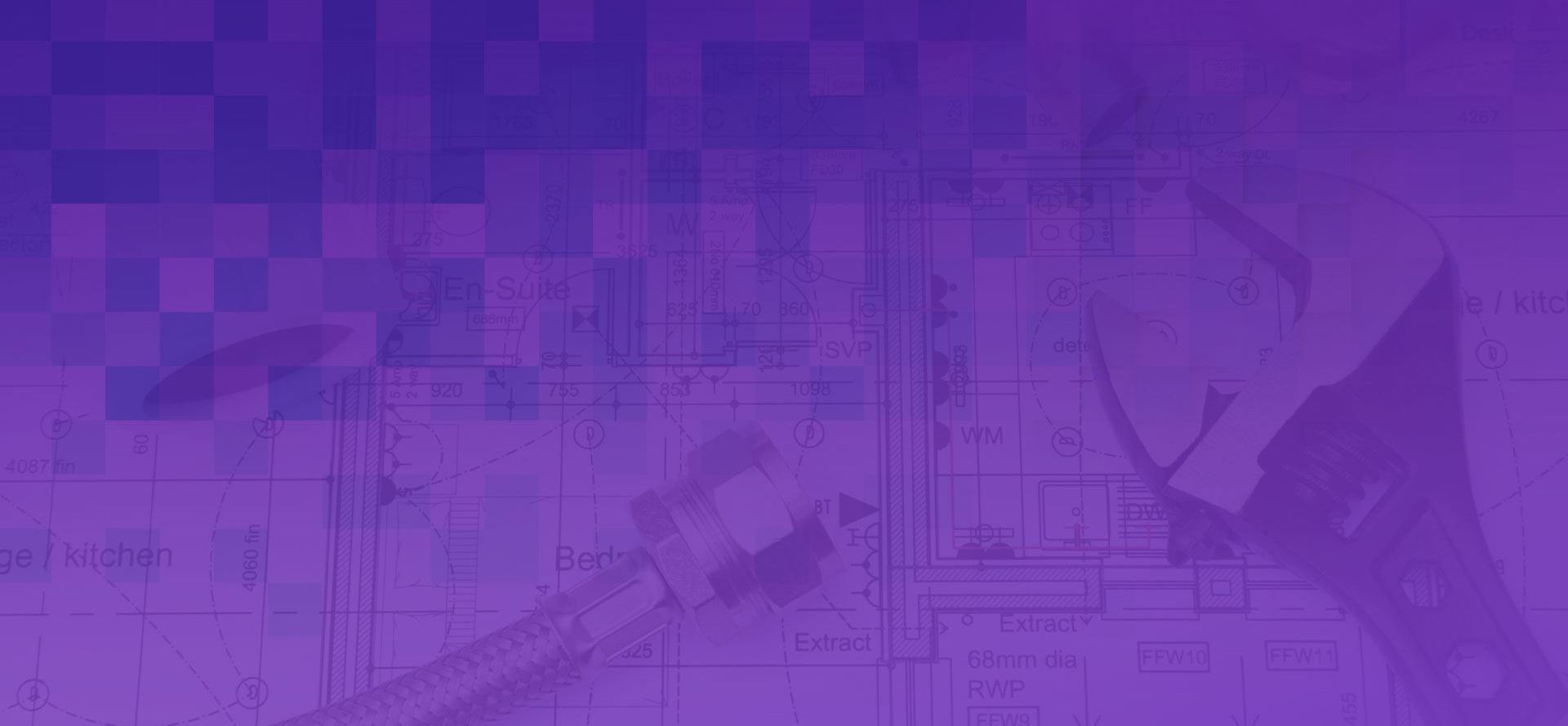We take the ability to turn on a tap and get water out of it for granted. That’s easy to do. After all, this is America. Most of us have grown up with access to safe drinking water always being available. But anyone right here in Milwaukee can tell you that sometimes winter doesn’t play along with our expectations.
When the temperature drops below freezing, at times it can cause water—even in pipes—to freeze. And that means that when you turn on your tap for a drink or a shower, nothing comes out or worse, you find a burst pipe. What do you do then?
We’ve got a handy guide right here to help you deal with the problem, and then take the steps to prevent it from ever happening again.
Thaw That Pipe!
If it’s already happened, then your number one concern is getting that water flowing again. Depending on the circumstances around a frozen pipe, you may have easy access to the area where you suspect the freeze and blockage to be.
If you don’t, you might need professional help from a plumber to solve this problem, but if you do have ready access, you can get your water flowing again, and here’s how.
Safety should be your #1 priority, not just for yourself, but your home and everyone in it, which is why you should never, ever use a direct source of heat, such as a blowtorch. On December 16, in Helena, Montana, a homeowner with frozen pipes used a blowtorch in an attempt to unblock a frozen pipe. His house burned down as a result.
Keep two things in mind with using a blowtorch; the extreme heat can cause water to boil, which may result in an explosion. More importantly, a blowtorch is used to cut metal, meaning it will make short work of a metal or PVC water pipe.
The proper approach is to take an indirect source of heat such as a space heater, a heat lamp, or a hair dryer. Put your device close to the pipe without making direct contact, and let physics do the rest.
The warm air will warm the pipe, and that, in turn, will melt the water, and when enough water has melted, turning on your faucet will clear the rest of the ice blockage.
Now that’s done, what can you do to keep this from happening again? You’ve got four ways to cover this.
Outside Plumbing
This is usually your most vulnerable area. Any plumbing that’s outside is more likely to freeze, so make note of it.
Doors & Windows in the Attic or Garage
If your garage is connected to your home, or your attic has poor insulation, these are areas where cold can get in and start directly affecting your pipes. Keep these areas closed off.
Run Your Hot Water
Hot water pipes can freeze if they’re not used! But, because this is hot water we’re talking about, it can also prevent freezing by simply being occasionally used.
Wrap Heating Tape on Your Pipes
Heating tape is a heating element shaped like a cord. You can wrap it on a vulnerable pipe, plug it in, and it will keep that pipe toasty warm, and make sure the water remains liquid.
If you need more help with your frozen pipe, or want more extensive, professional measures to prevent it from happening again, we’re here for you. Just call Knight Plumbing Inc. at (414) 420-0625 for prompt, professional service from Milwaukee’s #1 plumber!
